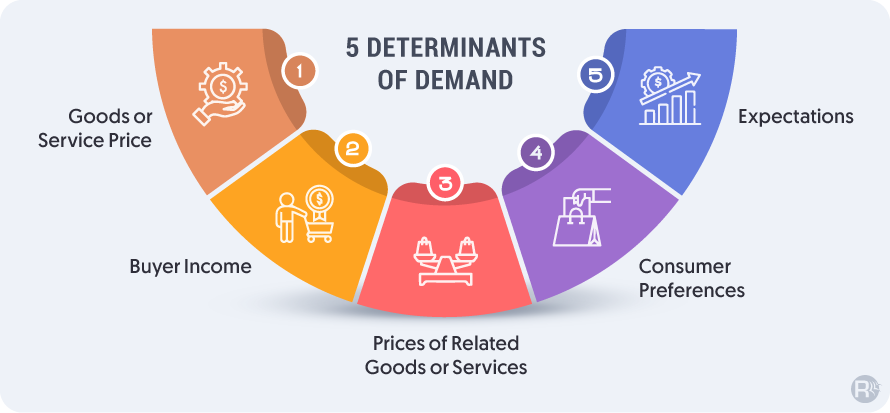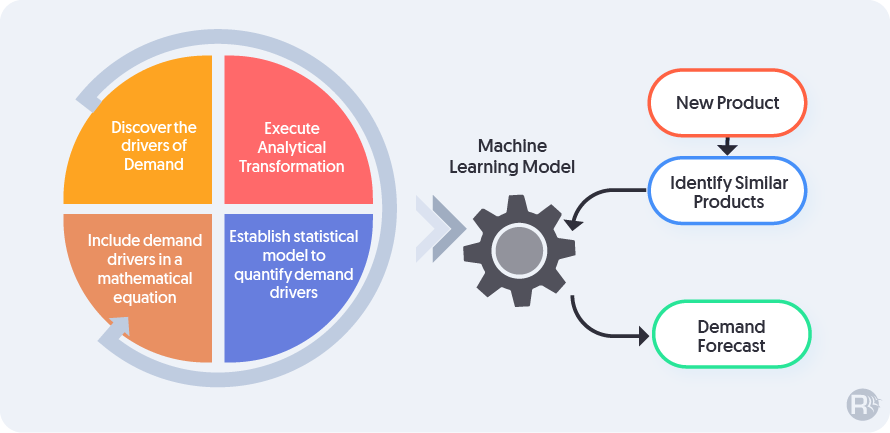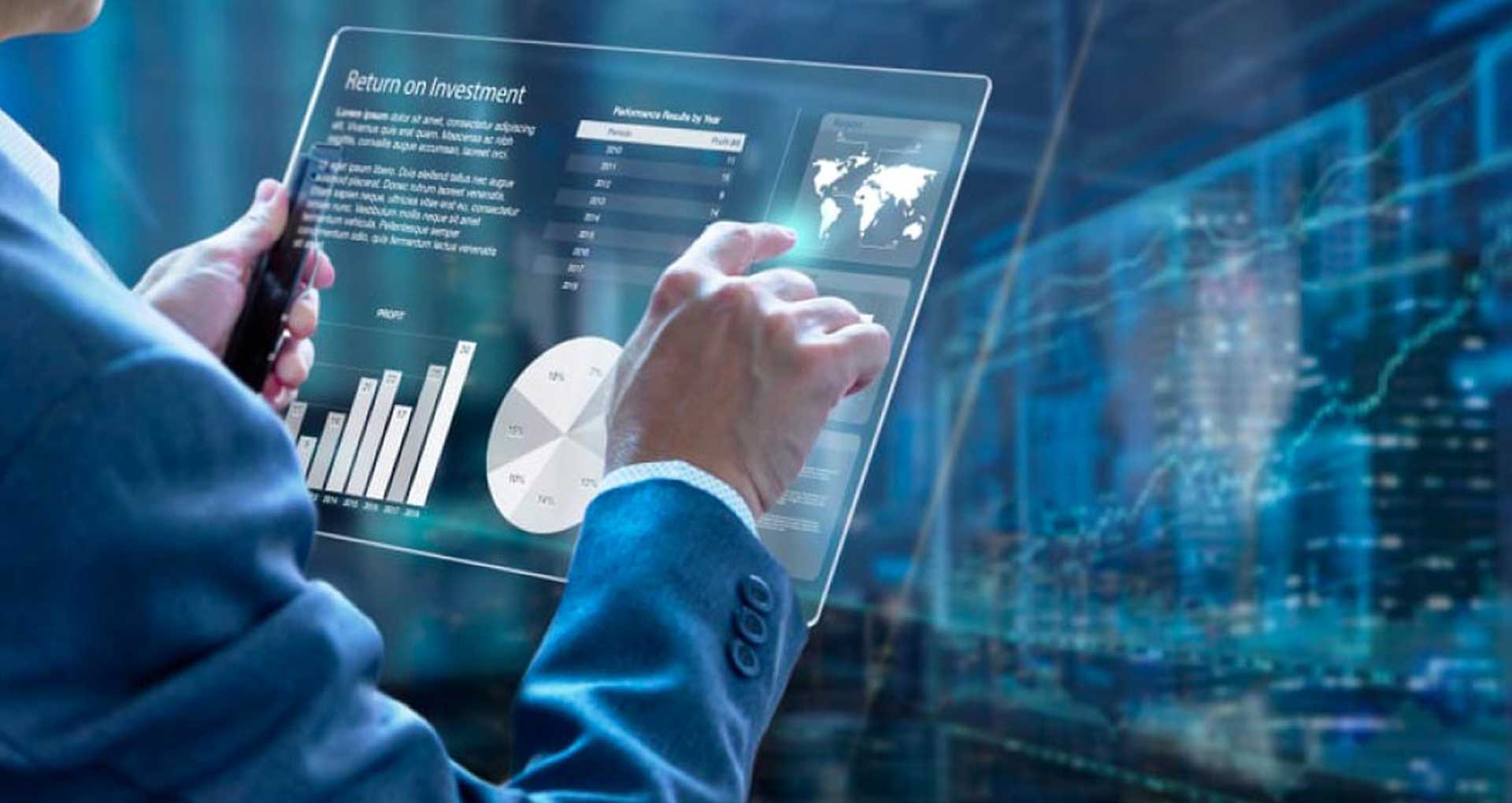Demand forecasting is a critical concern for every retail business today. Retailers can no longer rely on inaccurate & legacy approaches to forecast demand. With access to a huge customer data, it is all about how efficiently companies are using this information to derive actionable insights. This is where application of ML comes in. The models & algorithms enable predicting demand for any products. You also get tailored recommendations and can identify fraudulent practices.
While the pandemic had put a pause on the traditional approaches for brick-and-mortar stores, they are placing greater emphasis on incorporating new tech-led approaches of AI, ML and more to their eCommerce strategy. Through this article, we will take you through the specifics of how ML in retail demand forecasting can help businesses in the long run.
What is Demand Forecasting with Machine Learning?
With changing market dynamics and consumer demand, machine learning algorithms help derive meaningful insights from larger datasets more accurately. These techniques help retailers predict the demand of a product or service, uncover hidden patterns, plan promotional campaigns, analyze & accelerate data processing. All this was not possible with the traditional forecasting methods.
Here’s a look at the 5 determinants of demand that are critical to retailers:

Benefits of Demand Forecasting
- Improved Accuracy – Accurate prediction of actual demand helps in improving operational performance and sales at optimized cost.
- Better Logistics – Improvement in supply chain management will mean that products would stock up.
- Improved Customer Relationship – With demand forecasting, you can predict the specific requirements of customers and roll-out products at right time and quantity in the market. This positions you as a reliable brand and can improve customer satisfaction.
How To Predict Demand With Machine Learning

New age demand prediction tools provide insights based on the historical data on sales to build a strategy and are precise enough to hit business goals.
1. Short-Term Forecasting: Applicable for the duration of six months to an year it provides forecasts for uninterrupted supply of products, hiring requirement, performance evaluation and sales targets.
2. Long-Term Forecasting: It helps with long-term financial planning, business expansion and annual strategic planning that could last for more than a year.
Further, the historical data derived from internal and external sources are not always reliable. This data needs to be refined, checked for anomalies and relevance before it can further be used. Once these processes are complete, it can then further be used for visualization. Now that you know how machine learning in demand forecasting works, it’s important for you to understand how these ML models are implemented in the retail industry.
Demand forecasting uses diverse ML algorithms that factor in business goals, quality of data, data availability and other external sources.
Retail Demand Forecasting Algorithms
Here, we’ll take a look at the algorithms that are implemented in the retail industry.
- Linear Regression: This is one of the most commonly used predictive modeling techniques that leverage past values to predict future numbers. The supervised learning algorithm is trained using input features and output labels. This method is such that it builds a relationship with other variables by predicting how one variable affects the other.
- Time Series Method: It uses historical data and patterns to predict future outcomes to address concerns related to trend analysis, seasonality and cyclical fluctuation. ARIMA (Autoregressive Integrated Moving Average) and SARIMA (Seasonal Autoregressive Integrated Moving Average) are two models most commonly used by retail businesses. The ARIMA model helps make accurate predictions for short-termed forecasts like sales, production and demand. SARIMA, on the other hand, which is an extension of ARIMA is appropriate for making predictions for seasonal trends.
- Random Forest: An ensemble algorithm & a supervised learning algorithm, it helps take on multiple decisions which are then averaged out. Random Forest is often used by eCommerce businesses to identify & assess whether a product would sell or not. It also helps in understanding customer preferences and accordingly suggesting similar products to them.
- Feature Engineering: Focused on improving model performance by adding new features from the existing ones. It helps in capturing critical data that isn’t easily available in the original feature set. Feature engineering can be performed in a variety of ways. Handling Outliners, Binning, Imputation, Log Transform, Feature Split and Scaling are some of the few techniques.
Why Machine Learning For Retail Demand Forecasting
ML offers a whole new level of transparency & accuracy to retail business by helping deliver optimum results.
Here’s a closer look at the five ways in which it helps.
- Hit the Right Business Goals: Every business has a set of pre-defined objectives and demand forecasting helps you reach those goals. In cases where your business has a set target to sell a particular number of products but the actual demand in the market is low, you can stop the production to prevent losses.
- Budget Forecasting: Estimation of cost and revenues are important factors to plan a proper budget. For instance, a business that forecasts the price of goods at $10 for 1000 such units, the estimated revenue will be $10,000.
- Recruitment and Team Expansion: A demand forecasting strategy can help businesses in estimating the exact number of products required as per the demand. This will also help your organizations make more effective hiring decisions. For instance, if there is a surge in demand of goods, you will instantly understand if it is time to expand your team & hire new employees.
- Scaling Your Business: Demand forecasting helps decide if it is the right time for the business to scale up depending on the market value of products. However, it could also be the case that the investment in the business slows down due to reduced demand.
- Estimating Performance: If the demand for specific products is constantly low, businesses need to look for ways to change that. For instance, focusing on improving the quality and driving marketing campaigns can help.
Rishabh Software Industry Use Case
Demand forecasting for a ‘Brick & Mortar’ store
- Pain Area: Due to the pandemic, the statistical forecast model was unable to predict future customer behavior & possible future trends.
- Solution: We developed a forecasting solution that adapted to various consumer trends, aligning it with the client’s priority sales segment.
- Key Outcomes: With months of accurate forecasts, the client increased their sales by 10%.
Last Words
The potential of machine learning lies way beyond demand forecasting. It has the power to delve deep into the issues that retail businesses typically face & address them. Organizations can thus take advantage of these insights & capitalize on them to gain a competitive edge.
At Rishabh, we’re constantly imagining a new future for retail businesses. We use our vast experience and subject-matter knowledge to help retailers across the world get more out of their businesses.
Most businesses think that just Big Data can help them transform. However, that is not true. Understanding the customer (means understanding the data) is critical to know how the business can tap on growth opportunities. As a retail software development company, we can help you begin your data-driven transformation journey. We can help you leverage the power of data for your customer, product, inventory, sales, and pricing from various situations. It would enable informed decision-making by analysis of behavior and patterns of customers towards products and services.
Here are some key focus areas on which we work with retailers:
- Sentiment Analysis
- Inventory Optimization
- Product Pricing
- Demand Prediction











 30 Min
30 Min


